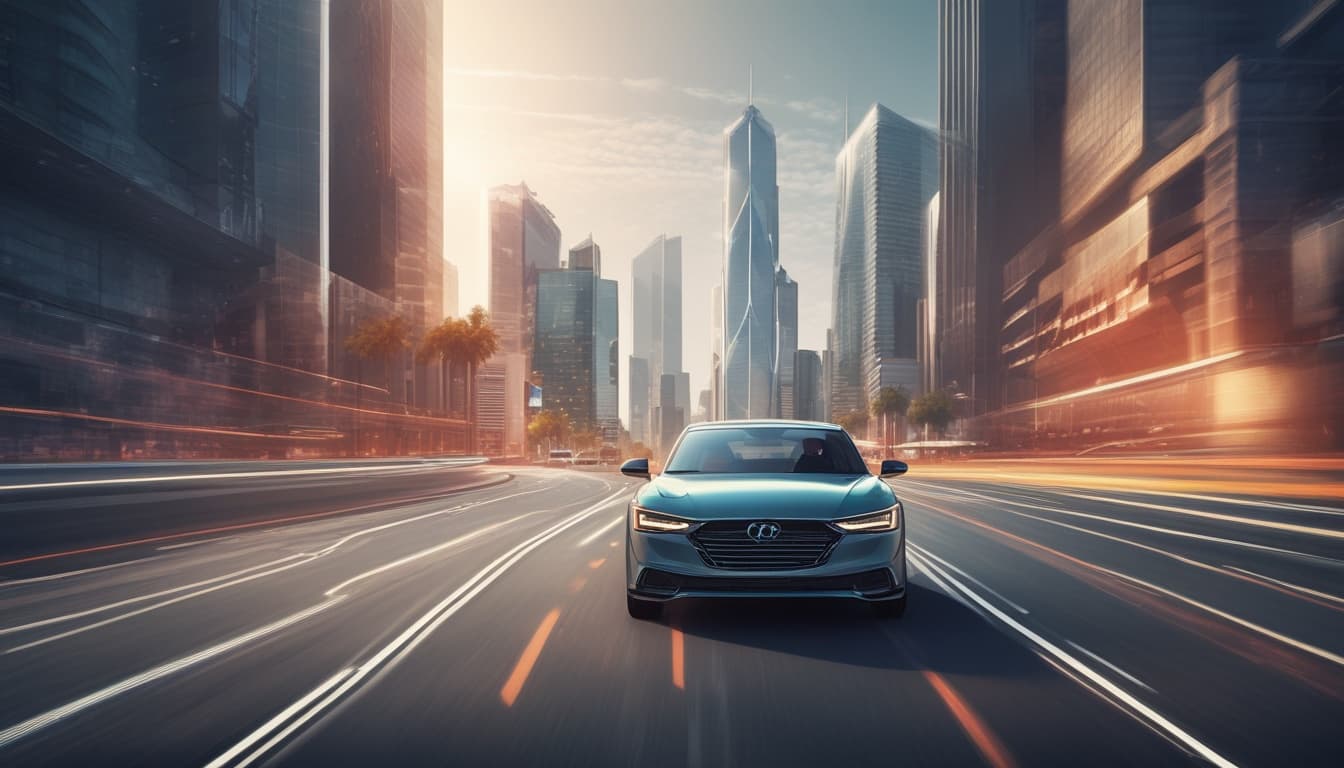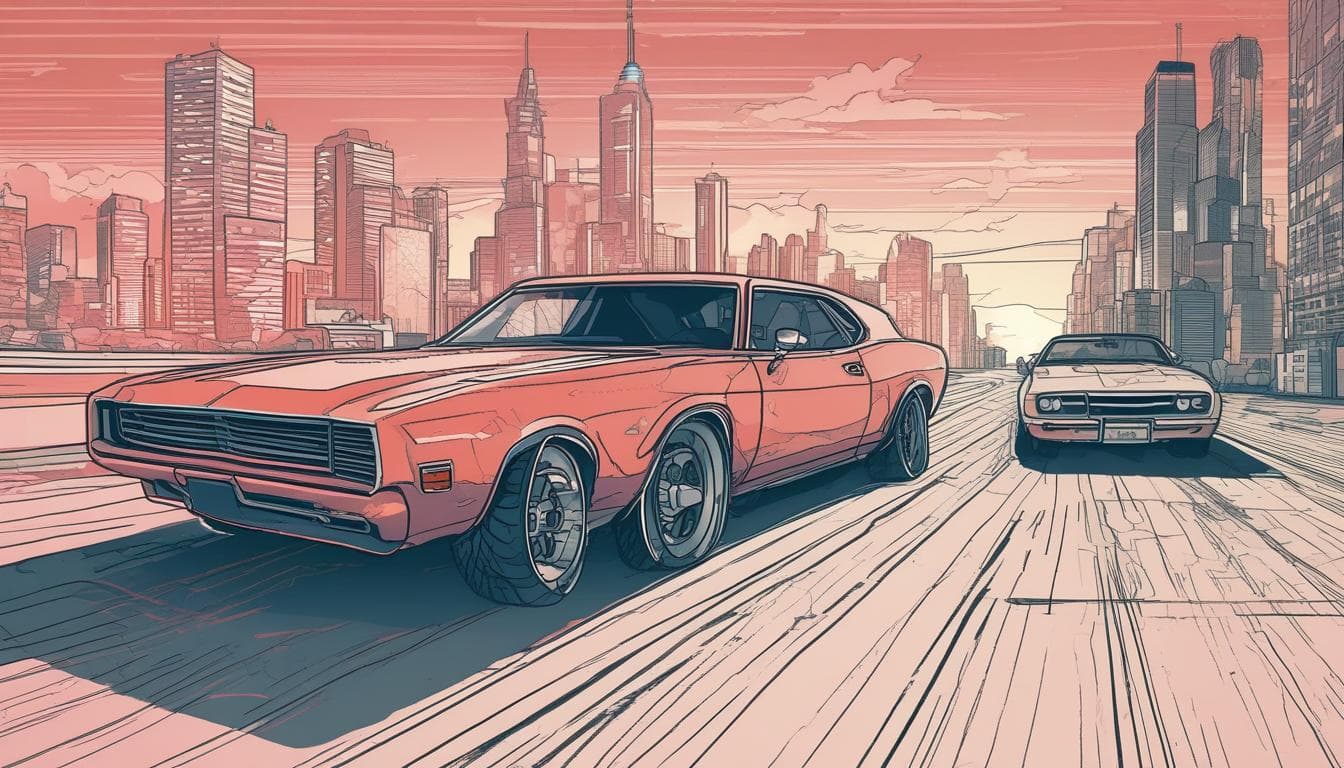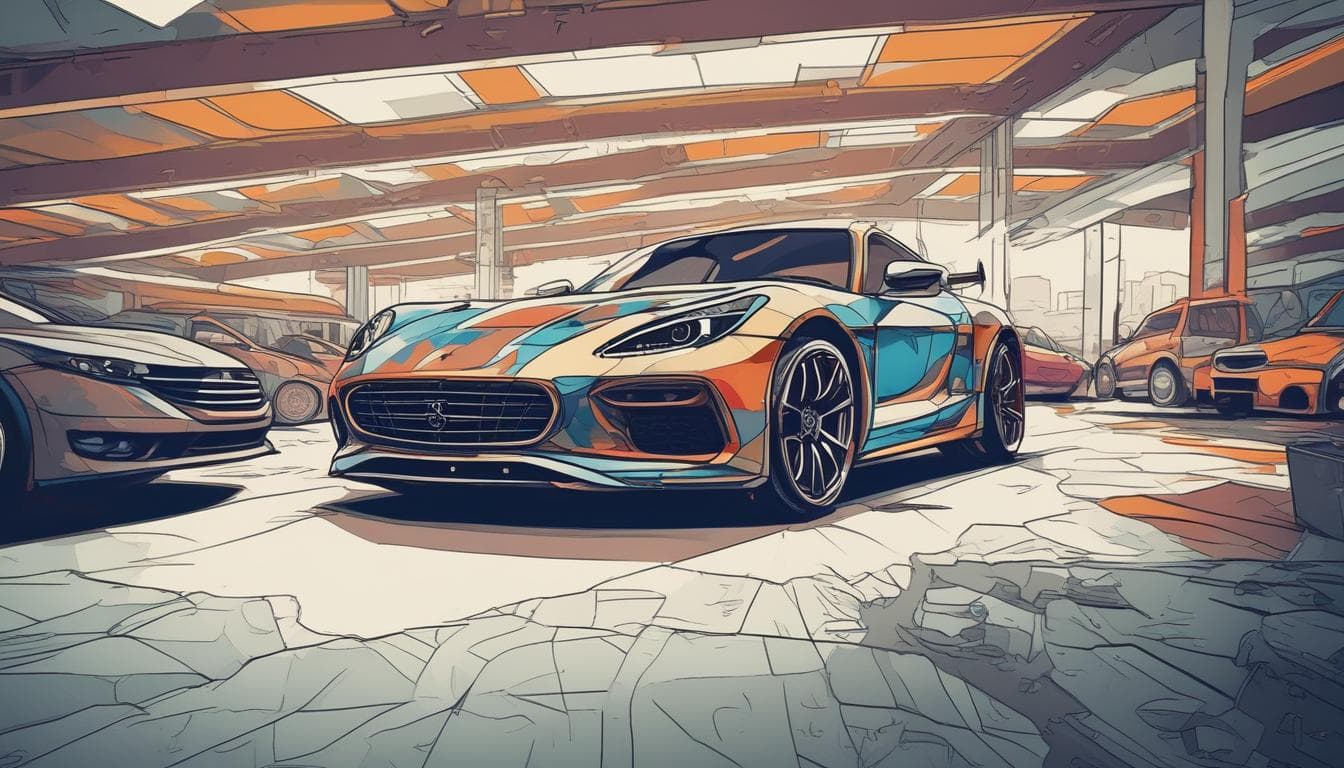With the increasing sophistication of AI in vehicles, how do you envision the future of vehicle-to-vehicle communication evolving? Imagine a scenario where cars can negotiate traffic flow autonomously, predict and prevent accidents, or even share real-time road condition data. What opportunities and challenges do you foresee in this interconnected automotive future?
The evolution of vehicle-to-vehicle (V2V) communication is an exciting topic, and I believe we're only scratching the surface of its potential. Here are some insights into how I envision this technology developing:
Future Opportunities
- Autonomous Traffic Management: Imagine a scenario where vehicles automatically negotiate their own traffic flow. Cars could communicate with each other to optimize routes, reduce congestion, and even coordinate to streamline merging at junctions. This could drastically reduce travel times and fuel consumption.
- Accident Prevention: With real-time data exchange, vehicles can anticipate and react to potential collisions before they happen. If one car's sensors detect a sudden stop ahead, it could alert others in the vicinity, allowing them to adjust their speed or change lanes safely.
- Shared Road Condition Data: Real-time updates about road conditions (e.g., icy patches, construction zones, traffic signals) could improve routing decisions significantly. For instance, if a cluster of cars experiences slippage in a specific area, that information could be shared across the network, enabling others to steer clear.
Challenges to Consider
- Privacy and Security: With cars sharing data, there’s a significant risk of hacking or misuse of personal information. Manufacturers will need to implement robust encryption standards to safeguard communications and user privacy.
- Standardization: For V2V communication to be effective across different manufacturers, a unified standard must be established. Collaboration across the industry is crucial here, which can often be a slow process due to competing interests.
- Infrastructure Readiness: As we transition to smart vehicles, existing road infrastructure may not support these advancements. There will be a need for updates to both hardware and software systems that govern traffic signals, cameras, and road sensors.
In conclusion, the interconnected future of vehicles not only promises enhanced safety and efficiency but also presents unique challenges that need to be addressed collaboratively. It’s an exciting time for the automotive industry as we move toward a more integrated and intelligent transport ecosystem!
Explora más sobre este tema
Únete a la conversación
- Integrando Cultura y Arte Local en el Diseño de Vehículos Autónomos
Exploremos cómo la integración de la cultura y el arte local en el diseño de vehículos autónomos puede crear una experiencia de movilidad más personalizada y representativa de la identidad regional. Comparte tus ideas y visiones sobre este futuro innovador.
- El Futuro de la Conducción: ¿Cómo Impactará la IA en la Experiencia del Conductor?
Explora el potencial de la inteligencia artificial en la conducción más allá de los vehículos autónomos. Debate sobre la personalización de la conducción basada en las emociones, la predicción de accidentes y las implicaciones éticas de esta integración.
- Cultura y diseño en la era de los vehículos autónomos
Debate sobre la integración de la cultura y el diseño en el futuro de los vehículos autónomos. ¿Se perderá la identidad regional o se verá potenciada por la personalización? Comparte tus ideas sobre la estética, funcionalidad y el significado cultural en los coches del mañana.




